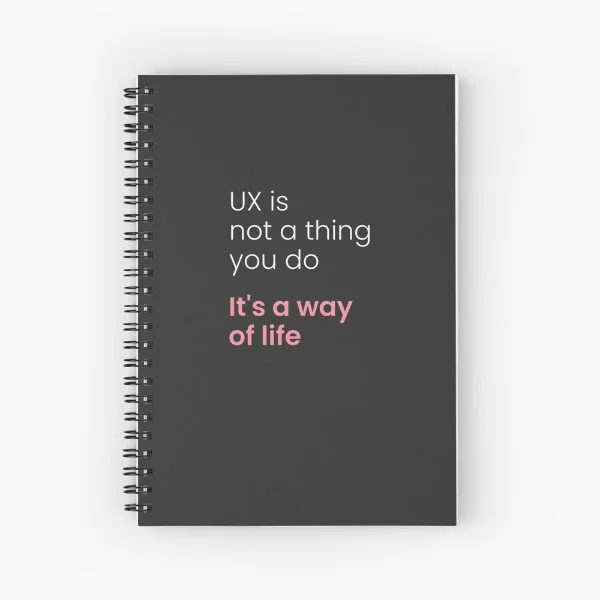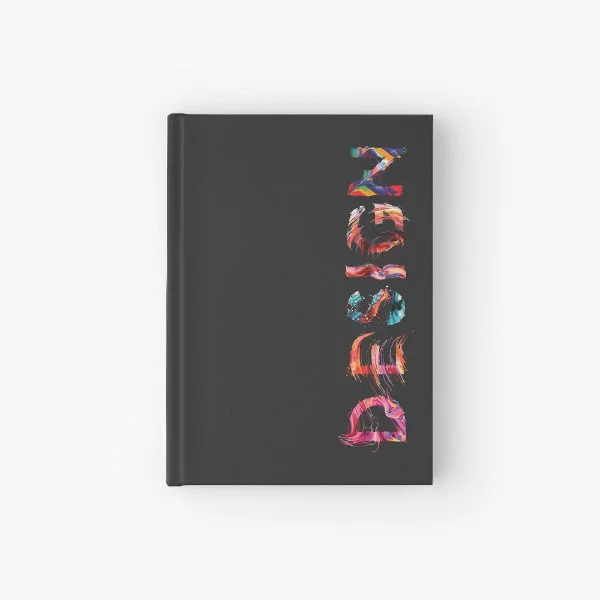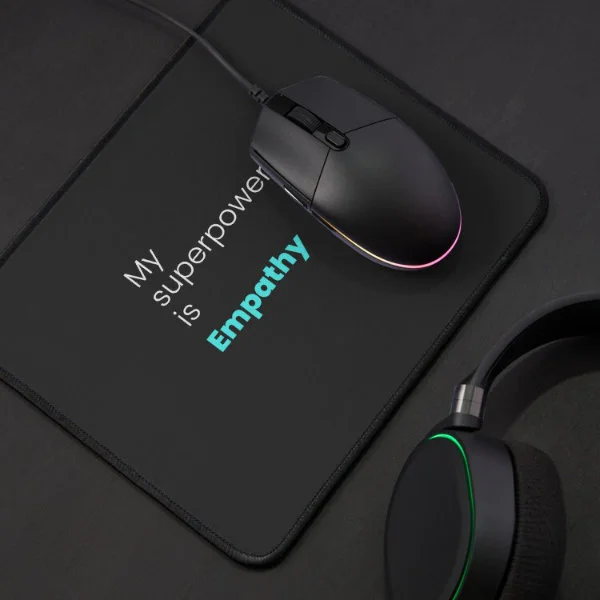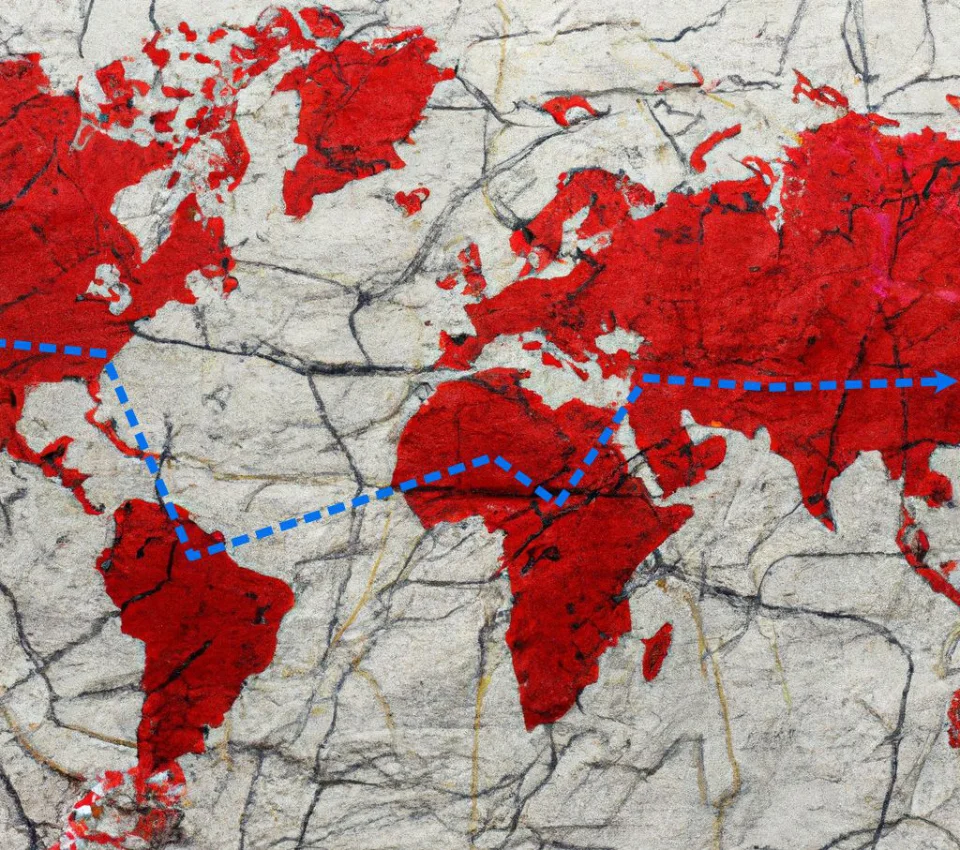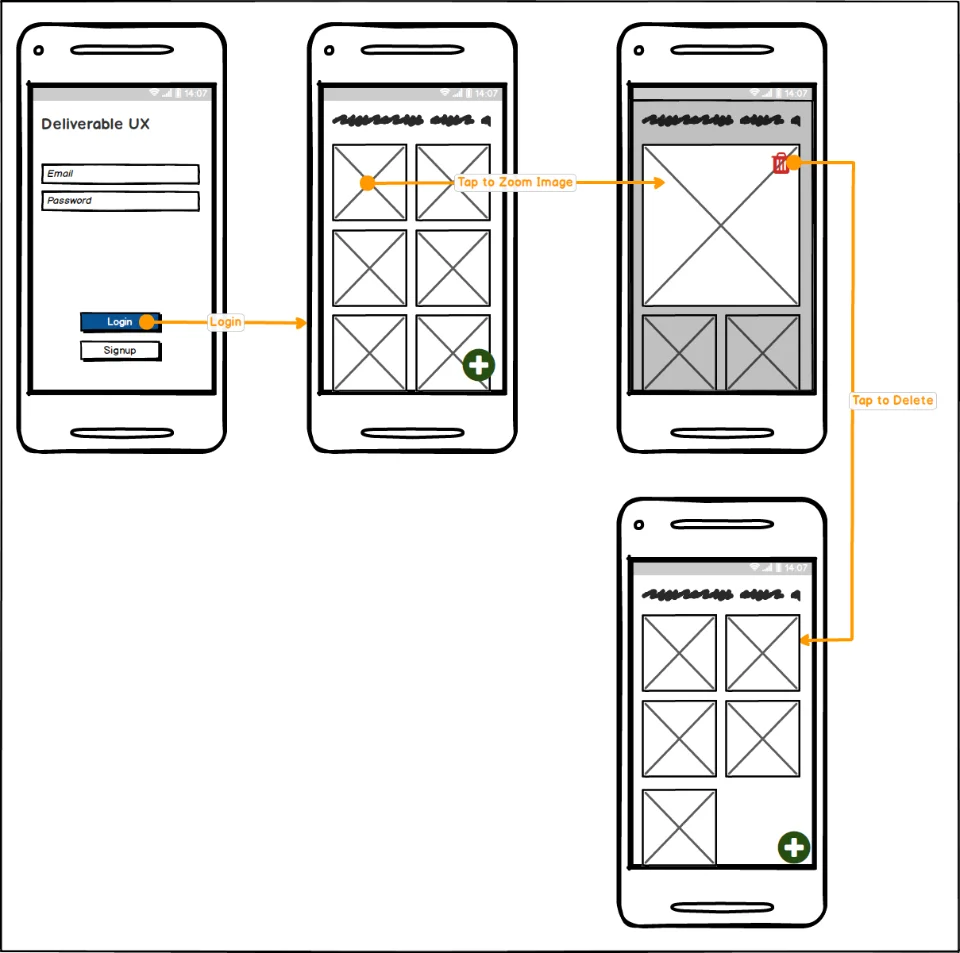Guide to the Customer Journey Stages
The 6 stages of the customer journey are awareness, evaluation, consideration, decision, retention, and advocacy. Read on to see what each stage covers.
Wes Hunt
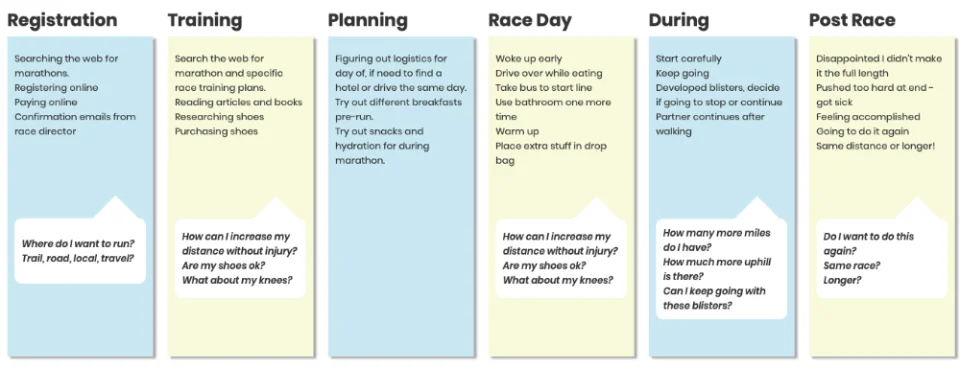
There are around 6 stages that are most common in the full customer journey. These stages are Awareness, Evaluation, Consideration, Decision, Retention, and Advocacy. This is the complete journey, including everything from the very start of awareness of their need all the way through to loyalty to you, your product or company. It is important to know the customer journey in order to improve and streamline it as much as you can. We need to know each stage, how it affects the customer and how to improve the entire customer journey. How else do you know what your customers really want at key stages? I will run through an example at the end with the marathon customer journey, also used in A Guide to Mental Models, then expand on each stage.
![]()
1. Awareness
- Awareness is the potential customer’s level of awareness and how they hear about your company or product. You want your future customers to be aware of you. This means that when they are looking for the product you supply, you want them to come to you. One way to help is to realize your competitors and advertise where and how they do. Another way is to offer them inspiration on how to fulfill their goals.
- If you think of a fast-food hamburger, what restaurant do you think of? McDonald’s, Burger King, Wendy’s? All three of these have multiple ways that we are aware of them, logos, mascot and taglines. When you see those golden arches, you know it is McDonald’s.
![]()
2. Evaluation
- Evaluation is after the customer has realized what a few companies offer, what they are looking for and are deciding who to go with. You want to show that your product or service is the best choice for them. Why they should choose you over your competitors even if they are cheaper or more well known.
- A great example is Avis, they know they weren’t the top so they emphasized that fact and their tagline for about 50 years was “we try harder”.
- When you are on a road trip and getting hungry, you decide what you want to eat. Do you want fast food, sit down dinner, french fries, cheeseburger, sandwich? Which restaurant has what you want?
![]()
3. Consideration
- Consideration is very close to evaluation which is why some people combine them in the list of customer journey stages. Evaluation is a little more research where consideration is the review of that research. The consideration is after the customer has learned about what all the companies have to offer and then make an educated decision.
- Product comparison guides are a great way to help your customers decide. If you give them the information they are looking for in one spot and you can emphasize how great your product is.
- When you are deciding to try a new restaurant, you look at the menu, prices, location and reviews. Having all of this information from the places you are looking at helps you decide which one to actually go to.
- I personally love McDonald’s french fries, so if french fries is what I feel like, McDonald’s will have a higher ranking. These decisions can be both logical and emotional.
![]()
4. Decision (or Purchase)
- For many companies the Purchase/Decision stage is their main goal. The actual money part. Once the customer has finished their evaluations and considerations they have decided you are who they want to go with. This is an important step as well and shouldn’t be taken for granted. If the purchase itself is difficult they can still choose to go with someone else.
- I recently went to register for a conference and the link was broken. If there happened to be another place that was offering the conference I was looking for, I would have been tempted. Instead, I let them know the link was broken, I heard back that it was fixed and was able to register. Even though they got my registration money, their reputation in my view dropped a little.
![]()
5. Retention
- I really like that some people call retention the experience stage! A lot of retention and loyalty comes down to your customer’s experience. Way too many companies are not focused on retention, they are all about new sales. Current customers are actually cheaper to keep than trying to find new ones. This should even include returns… if you state that you allow them, with specific rules then you should follow through.
- Our bank is a great example of retention. We changed banks because of the horrible customer service. The one we chose had great customer service, many different offerings, so when we were looking for a mortgage company, we talked to our bank as well as other options. Having multiple accounts at the same place has been really beneficial and if and when we are looking for a loan, we will certainly talk to our current bank first.
![]()
6. Advocacy
- Advocacy is the “cheapest” way to advertise! It is also the best “metric” for determining customer success. Get your customers to advertise for you. If they have had a great experience all the way through their journey, most people are happy to share with their friends and family, or really anyone who will listen. This is where having reviews is a good idea. That way happy customers can share and unhappy ones as well. If you show proper responses to the negative reviews, even they can be beneficial.
- Think about how many restaurants you have heard of through Facebook ads. It is great how they have“your friend likes this place” on the top of the sponsored posts. Not to mention the fantastic pictures of delicious looking food!
Example of the Customer Journey Stages, A Marathon
The stages of the customer journey using my example are:
- Awareness: Going back to the marathon example, I am aware that there are marathons out there, I am sure there must be some that are not on a paved road. It is kind of hard to miss hearing about marathons anymore. Runners tend to brag a lot, as well as certain marathons, are very well known, like the Boston marathon.
- Evaluation: When deciding what marathon to run, I did quite a bit of research. I looked at where the marathon was, what the elevation change was as well as the surface I would be running on.
- Consideration: My sister in law actually had heard of the marathon we ended up going with. I also had a coworker who liked trail running who had run the same road as a half marathon.
- Purchase/Decision: Once I decided that a high elevation, gravel road was the way to go for my first marathon, I purchased an entry.
- Advocacy: Not only did I want to return the next year, I have suggested this race to many friends. They also have multiple other races to offer, running and a newer biking one over similar terrain. In case you are curious it is the Madison Marathon.
Conclusion
We discussed the different stages of the customer journey, some examples and a few ways to improve each step. These stages can apply to a variety of journeys. We’ve used them in healthcare, learning management systems, enterprise dashboards, and e-commerce.
